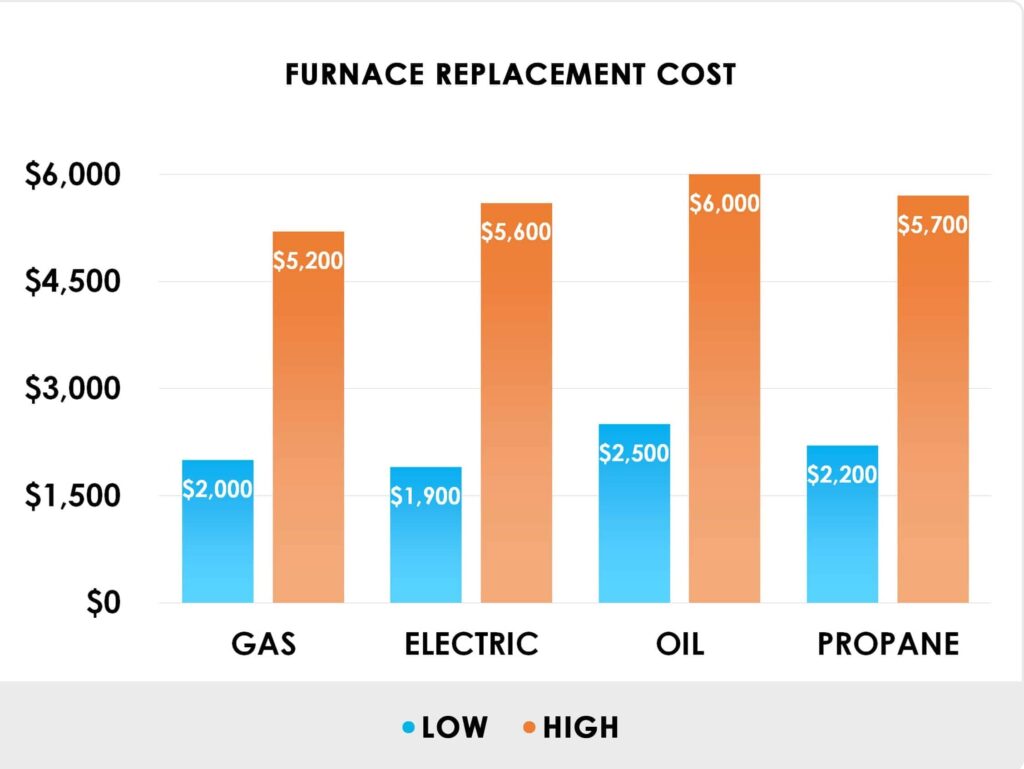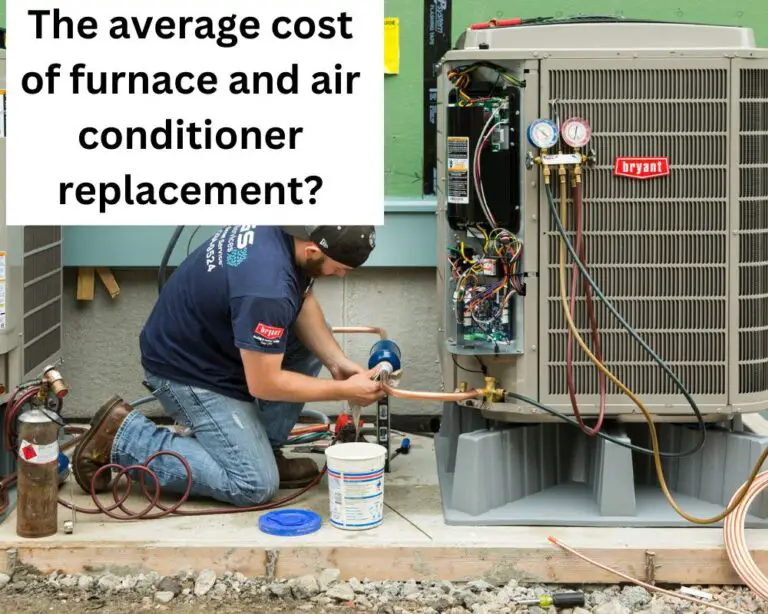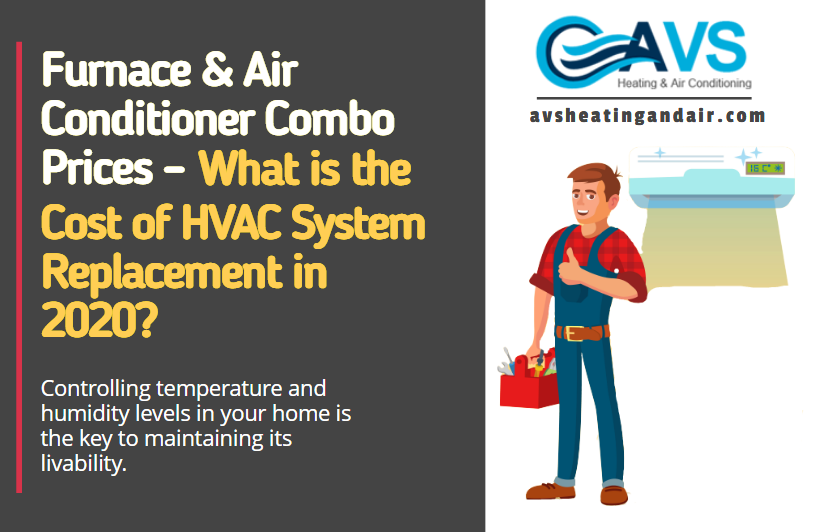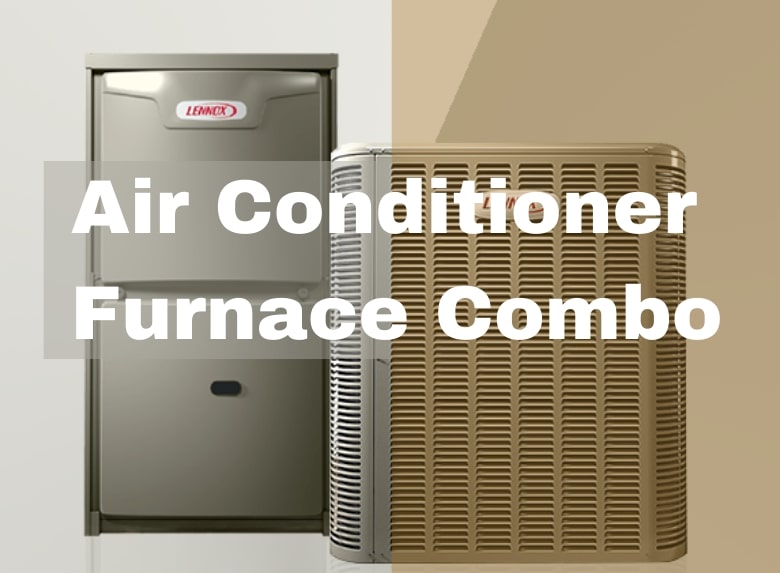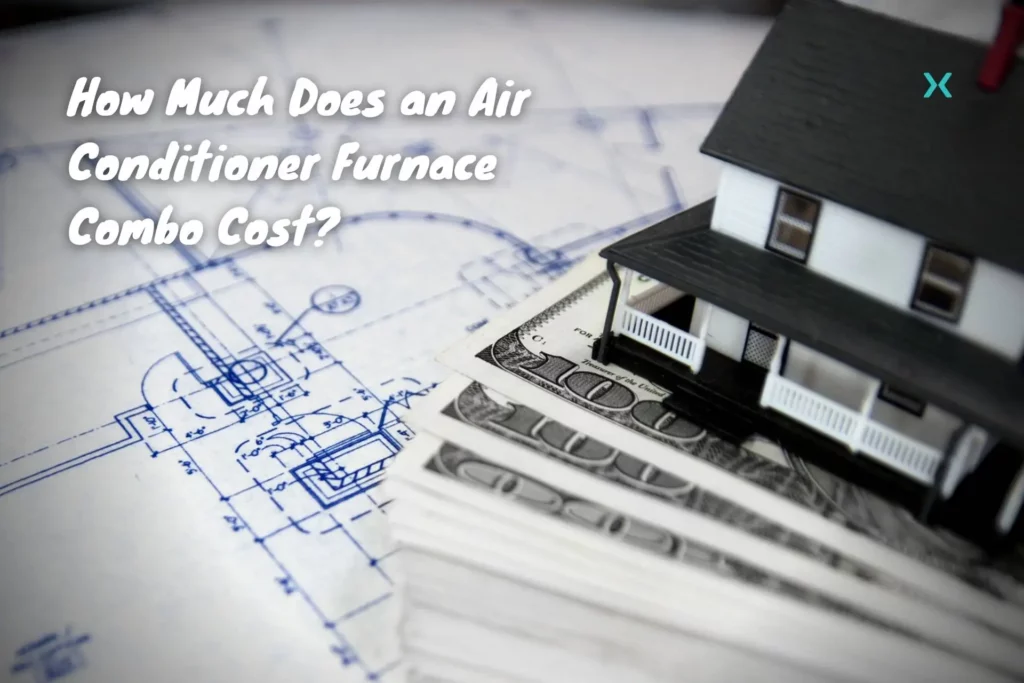Cost Of New Furnace And Air Conditioning
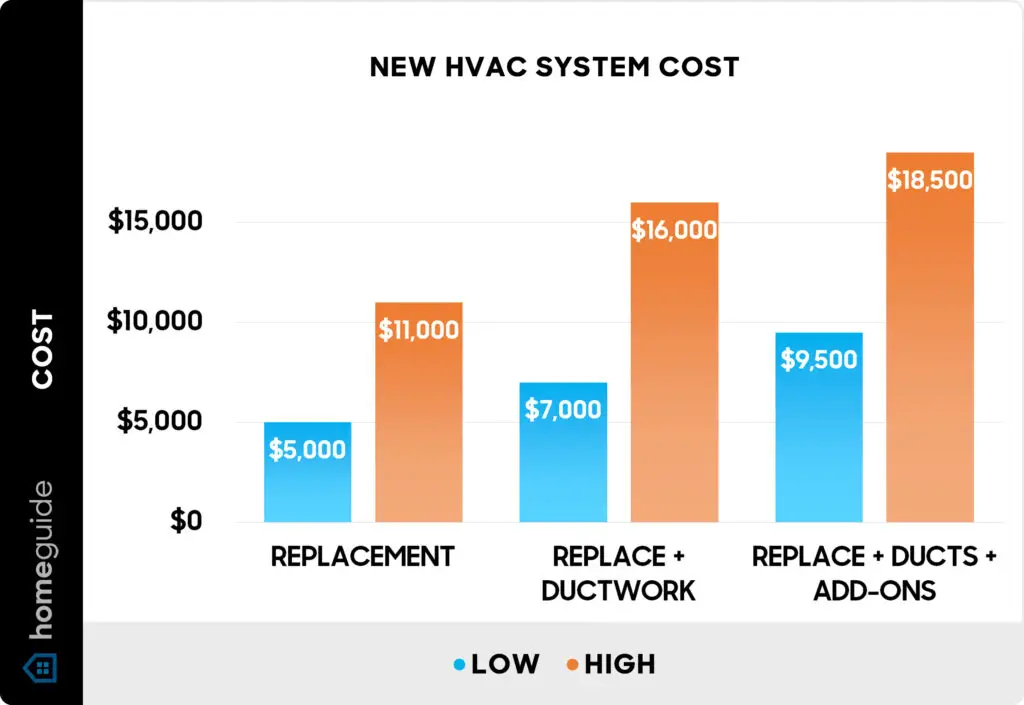
The cost of a new furnace and air conditioning system is a significant investment for homeowners, facility managers, and anyone responsible for maintaining comfortable indoor environments. Understanding the factors that influence this cost, along with potential long-term savings, is crucial for making informed decisions. This article provides a comprehensive overview of the costs associated with new furnace and AC systems, considering different types of equipment, efficiency ratings, installation complexities, and lifespan expectations.
Understanding the Components: Furnace and Air Conditioner
Before diving into pricing, it's essential to understand the core components. A furnace is the heating component of your HVAC system. It burns fuel (natural gas, propane, or oil) to generate heat, which is then distributed throughout the building via ductwork. An air conditioner, on the other hand, is responsible for cooling the air. It uses a refrigerant cycle to absorb heat from inside and release it outside. In many residential settings, the furnace and air conditioner share a common blower motor and ductwork system, making them a combined HVAC system.
In some cases, a heat pump can replace both the furnace and air conditioner. Heat pumps can both heat and cool, by transferring heat either into or out of your home. They are usually more expensive to install, but may be cheaper to operate in the long run, especially in mild climates.
Factors Influencing the Cost of a New Furnace
Several factors contribute to the overall cost of a new furnace. These include:
- Type of Furnace: Furnaces are categorized by their efficiency, measured by Annual Fuel Utilization Efficiency (AFUE).
- Low-Efficiency Furnaces (80% AFUE): These are typically the least expensive upfront but have higher operating costs due to lower efficiency.
- Mid-Efficiency Furnaces (90-95% AFUE): A good balance between upfront cost and operating efficiency. They require a sealed combustion system and PVC venting.
- High-Efficiency Furnaces (96%+ AFUE): Offer the highest energy savings but have the highest initial cost. These models often have modulating burners and variable-speed blowers for enhanced comfort and efficiency.
- BTU Rating (British Thermal Units): BTU rating indicates the heating capacity of the furnace. A properly sized furnace is crucial for optimal performance. An undersized furnace will struggle to heat the space adequately, while an oversized furnace will cycle on and off frequently, leading to inefficiency and potential damage.
- Brand and Features: Reputable brands often command a higher price due to their reliability and advanced features. Features like variable-speed blowers, modulating gas valves, and smart thermostats can add to the cost but improve comfort and efficiency.
- Installation Complexity: Replacing a furnace in the same location with existing ductwork is generally less expensive than relocating the furnace or modifying the ductwork. Complicated installations can significantly increase labor costs.
- Permits and Inspections: Most jurisdictions require permits and inspections for furnace installations, which add to the overall cost.
Furnace Cost Examples:
A standard 80% AFUE furnace with a 60,000 BTU rating might cost between $2,000 and $3,500, including installation. A high-efficiency 96%+ AFUE furnace with the same BTU rating could range from $4,000 to $7,000 or more, including installation.
Factors Influencing the Cost of a New Air Conditioner
The cost of a new air conditioner depends on similar factors:
- Type of Air Conditioner: Air conditioners are rated by their efficiency, measured by Seasonal Energy Efficiency Ratio (SEER). A higher SEER rating indicates greater energy efficiency.
- Minimum Efficiency (13-14 SEER): These are the least expensive but have the highest operating costs. Many older systems fall into this range. Newer federal regulations require a minimum of 14 or 15 SEER depending on the region.
- Mid-Range Efficiency (15-18 SEER): A good balance between upfront cost and operating efficiency.
- High-Efficiency (19+ SEER): Offer the highest energy savings but have the highest initial cost. These models often feature variable-speed compressors and advanced controls.
- Tonnage: Tonnage refers to the cooling capacity of the air conditioner. One ton is equivalent to 12,000 BTU/hour. Proper sizing is essential for optimal performance and efficiency. An undersized air conditioner will struggle to cool the space, while an oversized unit will cycle on and off frequently, leading to discomfort and higher energy bills.
- Brand and Features: As with furnaces, reputable brands and advanced features like variable-speed compressors, smart thermostats, and zoning capabilities increase the cost.
- Installation Complexity: Similar to furnaces, replacing an air conditioner in the same location is less expensive than relocating the unit or modifying refrigerant lines or electrical connections.
- Refrigerant Type: The type of refrigerant used can also affect the cost. Older air conditioners used R-22 refrigerant, which is being phased out due to environmental concerns. Newer systems use R-410A or other environmentally friendly refrigerants, which may be more expensive.
Air Conditioner Cost Examples:
A 2.5-ton, 14 SEER air conditioner might cost between $3,000 and $5,000, including installation. A 2.5-ton, 20 SEER air conditioner could range from $6,000 to $10,000 or more, including installation.
Combined Furnace and Air Conditioner Costs
When replacing both the furnace and air conditioner simultaneously, you can often negotiate a better price with your HVAC contractor. Furthermore, replacing both units at the same time ensures that they are compatible and operate efficiently together.
A combined system consisting of an 80% AFUE furnace and a 14 SEER air conditioner might cost between $5,000 and $8,500, including installation. A high-efficiency system with a 96%+ AFUE furnace and a 20 SEER air conditioner could range from $10,000 to $17,000 or more, including installation.
Additional Costs to Consider
Beyond the cost of the equipment and installation, several other factors can impact the overall cost:
- Ductwork Modifications: If your existing ductwork is damaged, leaky, or improperly sized, it may need to be repaired or replaced. Ductwork modifications can add significantly to the overall cost.
- Electrical Upgrades: Depending on the new system's electrical requirements, you may need to upgrade your electrical panel or wiring.
- Thermostat Replacement: Consider upgrading to a smart thermostat for improved control and energy savings.
- Air Purifiers and Filters: Adding air purifiers or high-efficiency filters can improve indoor air quality but will add to the initial cost and require ongoing maintenance.
- Extended Warranties: Consider purchasing an extended warranty for added peace of mind.
Long-Term Cost Savings
While high-efficiency systems have a higher upfront cost, they can provide significant long-term savings on energy bills. Use this example:
Consider two furnaces: one 80% AFUE and one 96% AFUE. If your annual heating bill with the 80% AFUE furnace is $1,000, upgrading to the 96% AFUE furnace could potentially save you up to 16% on your heating bill, resulting in annual savings of $160. Over the lifespan of the furnace (15-20 years), these savings can add up significantly. The same logic applies to high-efficiency air conditioners.
Furthermore, some utility companies and government agencies offer rebates and incentives for installing high-efficiency HVAC equipment, which can help offset the initial cost.
Tips for Reducing Costs
- Get Multiple Quotes: Obtain quotes from several qualified HVAC contractors to compare pricing and services.
- Consider Off-Season Installation: HVAC contractors may offer lower prices during the off-season (spring or fall) when demand is lower.
- Take Advantage of Rebates and Incentives: Research available rebates and incentives from utility companies and government agencies.
- Negotiate with Contractors: Don't be afraid to negotiate with contractors to get the best possible price.
- Properly Maintain Your System: Regular maintenance, such as changing filters and cleaning coils, can extend the lifespan of your HVAC system and improve its efficiency.
Conclusion
The cost of a new furnace and air conditioning system is a substantial investment, but it's one that can provide long-term comfort, energy savings, and improved indoor air quality. By understanding the factors that influence the cost and considering your specific needs and budget, you can make an informed decision and choose the right system for your home or building. Remember to consult with qualified HVAC professionals to assess your needs and provide accurate quotes.

